Canning Jars 101: Your Essential Guide to Getting Started
This page may contain affiliate links. More Information.
Canning Jars. A simple topic but you’d be suprised how many questions there are. In this beginner-friendly article, you’ll learn about various canning jar sizes, from those adorable half-pint jars perfect for jams to the larger quart-sized and half gallon jars. . You’ll also learn about wide mouth versus regular mouth, get introduced to some trusted canning jar brands. Find answers to common questions about reusing jars, troubleshooting seal failures, and keeping canning jars hot during the process.
Canning jars are quite simple in their purpose. Sometimes called mason jars, they are simply sturdy glass jars designed for use in your canner to preserve various foods.
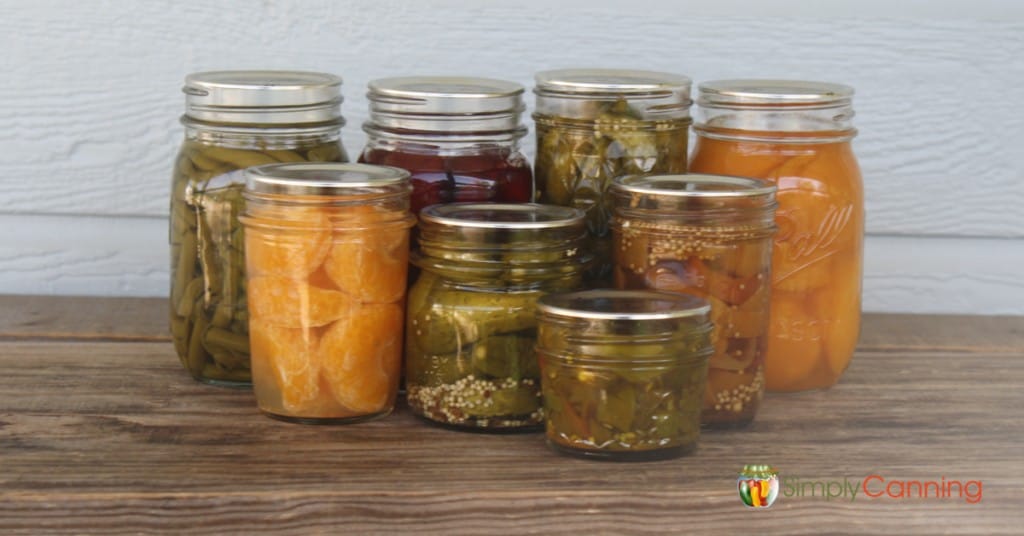
canning jar sizes
Canning jars come in many different sizes. The most commonly used are half pint, pint and Quarts. But there are other options too.
Think about what you are canning and how much you’d usually use in a meal. For instance When my 4 sons were home I used to always use quarts for fruit and vegetables, and pints for things like jam. Now that is just my husband and myself we use pints for the most part. And jam goes in smaller half pint jars.
- Half-Pint (4 oz): These small jars are often used for jams, jellies, and sample-sized preserves. There are really cute decorator jars in this size.
- Pint (16 oz): Pint jars are versatile and suitable for a wide range of preserved foods like fruits, pickles, salsas, and sauces. These are a great size for smaller families.
- Pint-and-a-Half (24 oz): These larger pint-and-a-half jars are great for larger quantities of fruits or sauces. These are the straight sided jars.
- Quart (32 oz): Quart jars are commonly used for vegetables, fruits, and larger batches of sauces.
- Half-Gallon (64 oz): These are larger jars ideal for storing apple or grape juice. They are no longer recommended for other fruits and vegetables. But you can sure use them for other storage. I use them on a regular basis for beans, pasta and other items.
- Gallon (128 oz): Gallon-sized jars are not used for canning due to their size. They are mainly used for bulk storage. I wouldn’t really even call them canning jars. But there are some commercially canned items that come in gallon jars.
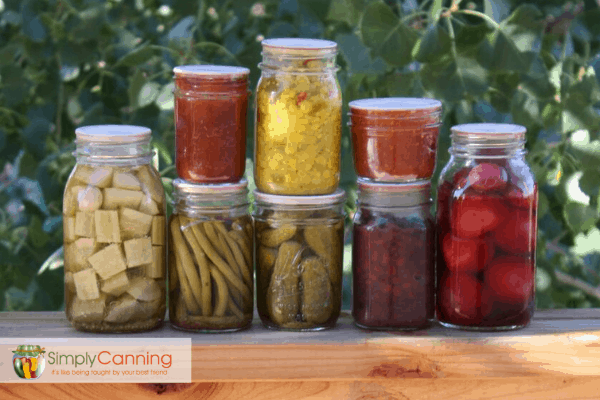
I want to mention again that you only use the 1/2 gallon sizes for canning juice (apple juice or grape juice). There are no tested recipes for any other food in the half gallon jars.
They used to be more commonly used, but there are no recipes out there that are tested as to how long you should process for shelf storage and whether it gets heated through or not. Half-gallon jars also come in wide- and regular-mouth designs. I thoroughly enjoy mine for food storage purposes.
There are also smaller decorator jelly jars, including odd-shaped jars, and small ounce sizes. These work well for relishes, jams, and jellies. (I use embossed jars for jams/jellies that I’m giving as gifts.)
I hardly can anything in the tiniest jars, except apple butter, since I’m the only one in my house who likes apple butter! You could also can baby food or make wedding favors using smaller jars.
Mouth Openings
The opening of the canning jar is called the “mouth.”
Canning jars come in two main mouth sizes: regular and wide mouth. Regular mouth jars typically have a mouth diameter of approximately 2.75 inches, while wide mouth jars are 3 inches. These are standard between manufacturers. Canning lids come in the same sizes to be used with multiple brands.
There is also a mouth size called ‘narrow’. It is also called Gem jars. This refers to the mouth size. It is actually between a wide and regular. It is not common any more but if you’ve got a vintage jar that just doesn’t seem to fit normal canning lids, you might have a Gem jar.
Sometimes people interchange the terms regular and narrow mouth.
Pros and Cons of Wide Mouth vs Regular
Wide mouth jars make your life easier when you’re canning meat because they’re easier to clean. The wider opening provides better access for washing. Meat tends to leave a residue that is hard to clean. I always have to clean these by hand, the dishwasher doesn’t cut it.
If you are canning items like peach halves, wide mouth jars give you the space you need to arrange them neatly. I like to stack peach halves cavity side down.
On the flip side, narrow mouth jars are often cheaper upfront, and you can find more affordable lids for them. So, it really depends on your specific canning needs and budget when choosing between these two mouth sizes. It’s a personal choice, as they can be used interchangeably.
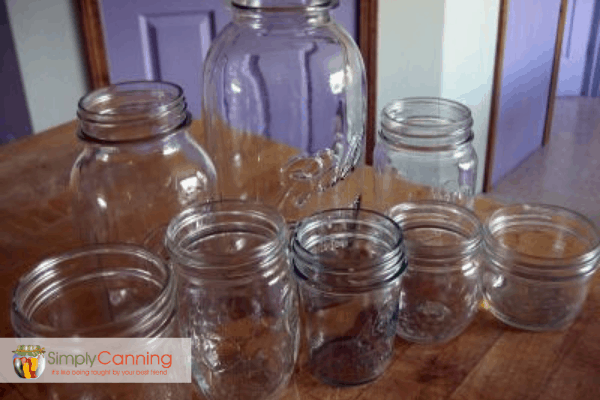
Personally, I use wide-mouth jars when canning meat, because it’s easier to clean wide-mouth jars after removing the food. (Meat leaves a residue inside the jar that dishwashers can’t remove.) I also use wide-mouths for canning peaches. When canning peaches, you’re arranging the peaches cavity-side down, and it’s easier to arrange fruit in wide-mouth jars.
Brands of Canning Jars
- Ball: Ball is one of the most recognized brands in the canning industry. They offer a wide range of canning jars in various sizes, as well as accessories like lids, bands, and canning equipment. Ball canning jars are known for their quality and are a popular choice among home canners.
- Kerr: Kerr is another reputable brand that produces canning jars and related products. They offer a variety of jar sizes and accessories. Kerr jars are similar in quality to Ball jars and are often used interchangeably.
- Bernardin: Bernardin is a Canadian brand known for its canning jars and supplies. They offer jars in various sizes and are widely used in Canada and other parts of the world.
- Golden Harvest: Golden Harvest is another brand that produces canning jars, although it may be less commonly found compared to Ball or Kerr jars.
- Anchor Hocking: Anchor Hocking is known for its glassware, including canning jars. I’ve got some small 1/2 pint Anchor Hocking jars that have a squarish shape. I love them for jam and jellies. They actually feel like a heavier glass than Ball or Kerr jars. (I haven’t measured them or weighed them to know exactly.) I really like the jars.
Can you Reuse Mayonnaise or Pickle Jars from the Store?
Although you can use recycled jars like old mayonnaise-type jars or pickle jars from the store, you are better off going with actual canning jars.
Recycled non canning jars have a higher rate of seal failure. One of the issues is that recycled jars will have a narrower sealing surface. And the mouth size might not be exactly fitting canning lids.
Don’t use them in a pressure canner, but it’s possible to use them in a water bath, though you can expect a higher failure rate.
Top 10 Reasons Why Your Canning Jars Did Not Seal
This video series is all about figuring out what might be the problem. I’ve got 4 videos with 10 reasons your canning jar lids may not seal. Canning mistakes you may have made to cause seal failure.
What Causes Jars to Not Seal: 10 Common Reasons
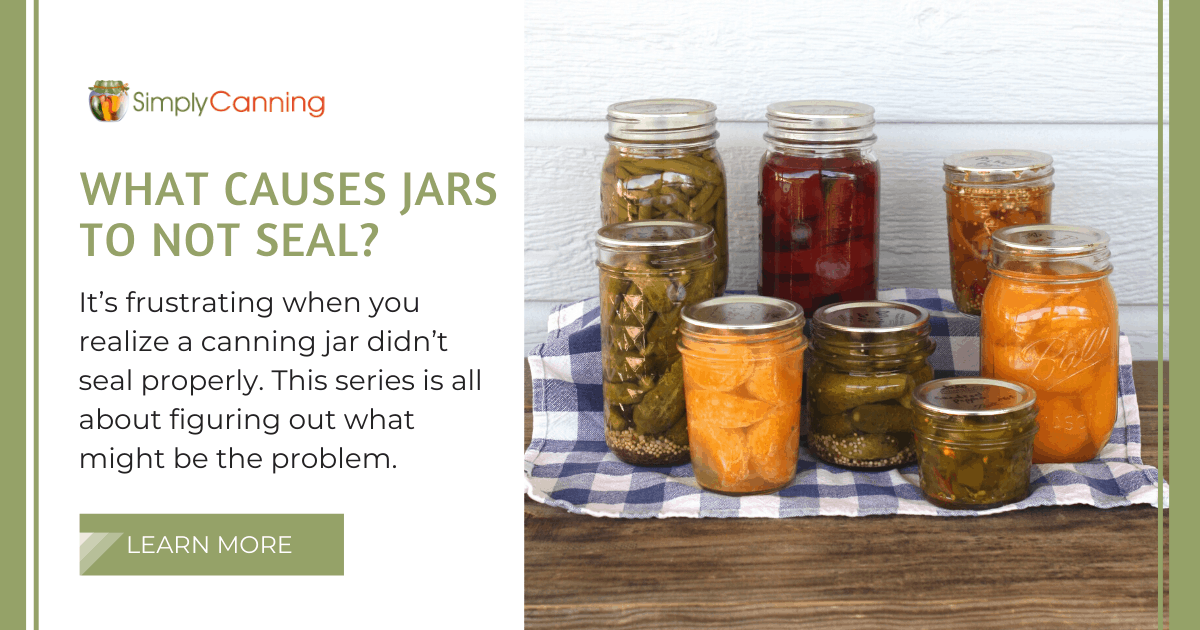
Why are My Canning Jars Not Sealing?
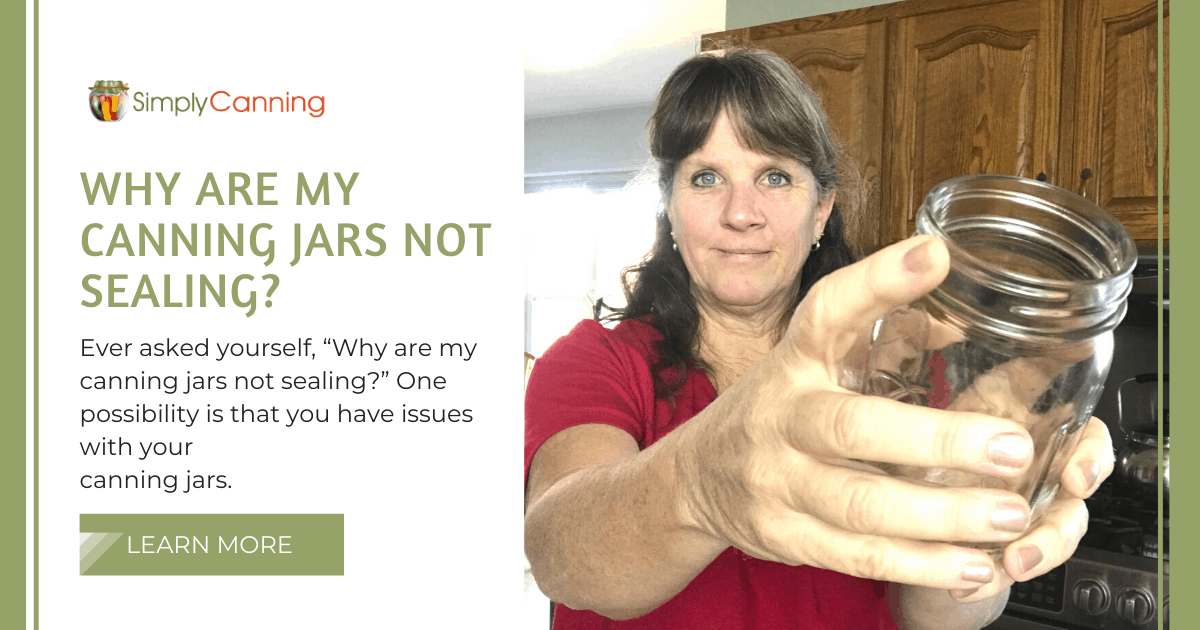
Are Canning Lids Supposed to Pop?
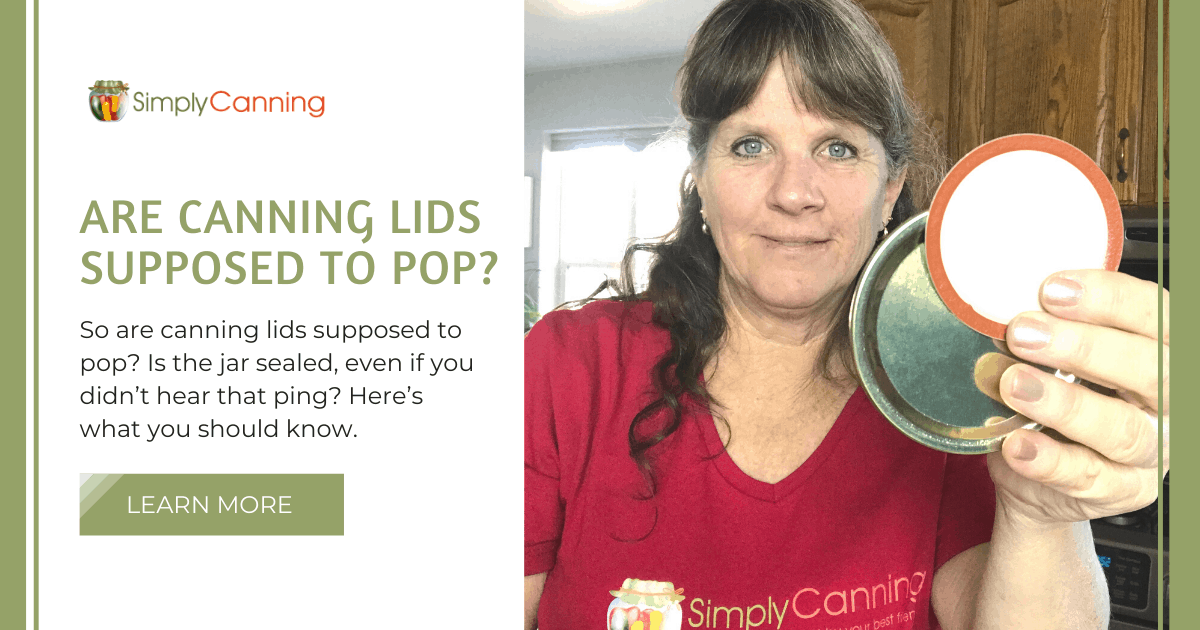
Why are Canning Lids Not Sealing?
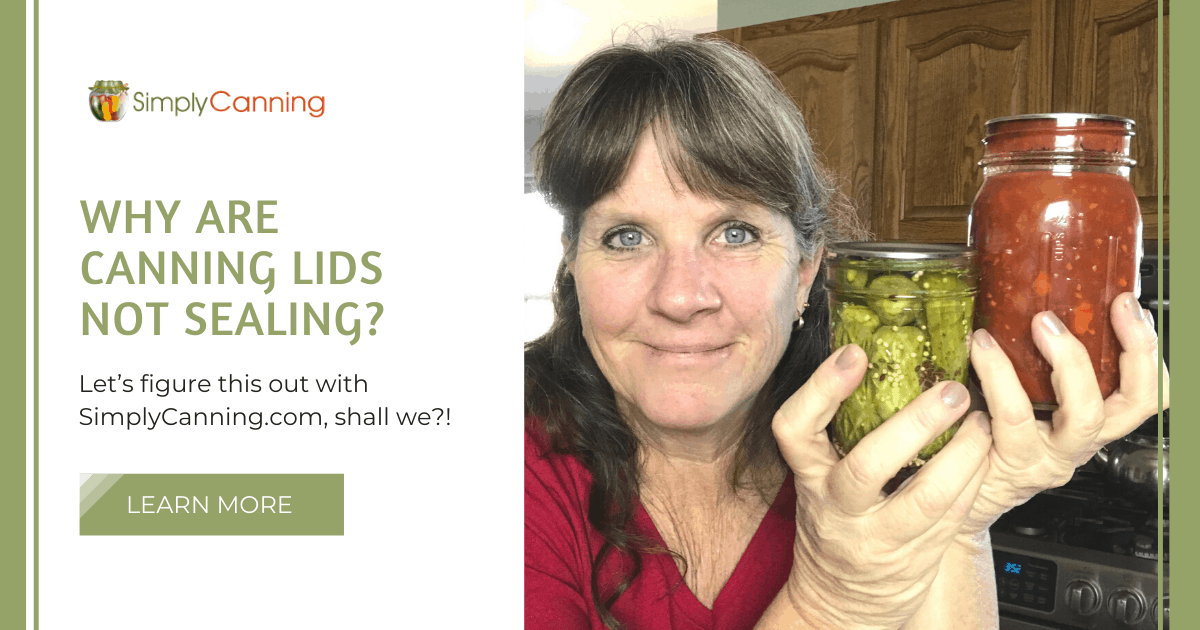
More Articles on Using Home-canning jars
Sterilizing Jars for Home Canning: What is the Scoop?
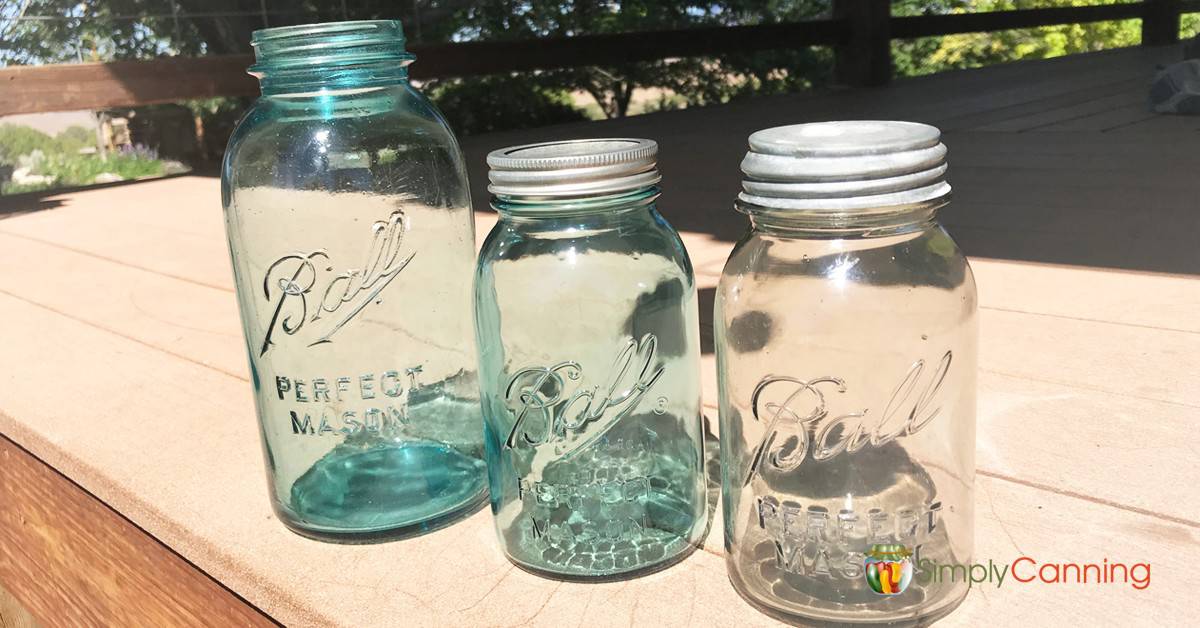
Antique Canning Jars – How old is too old to use for canning?
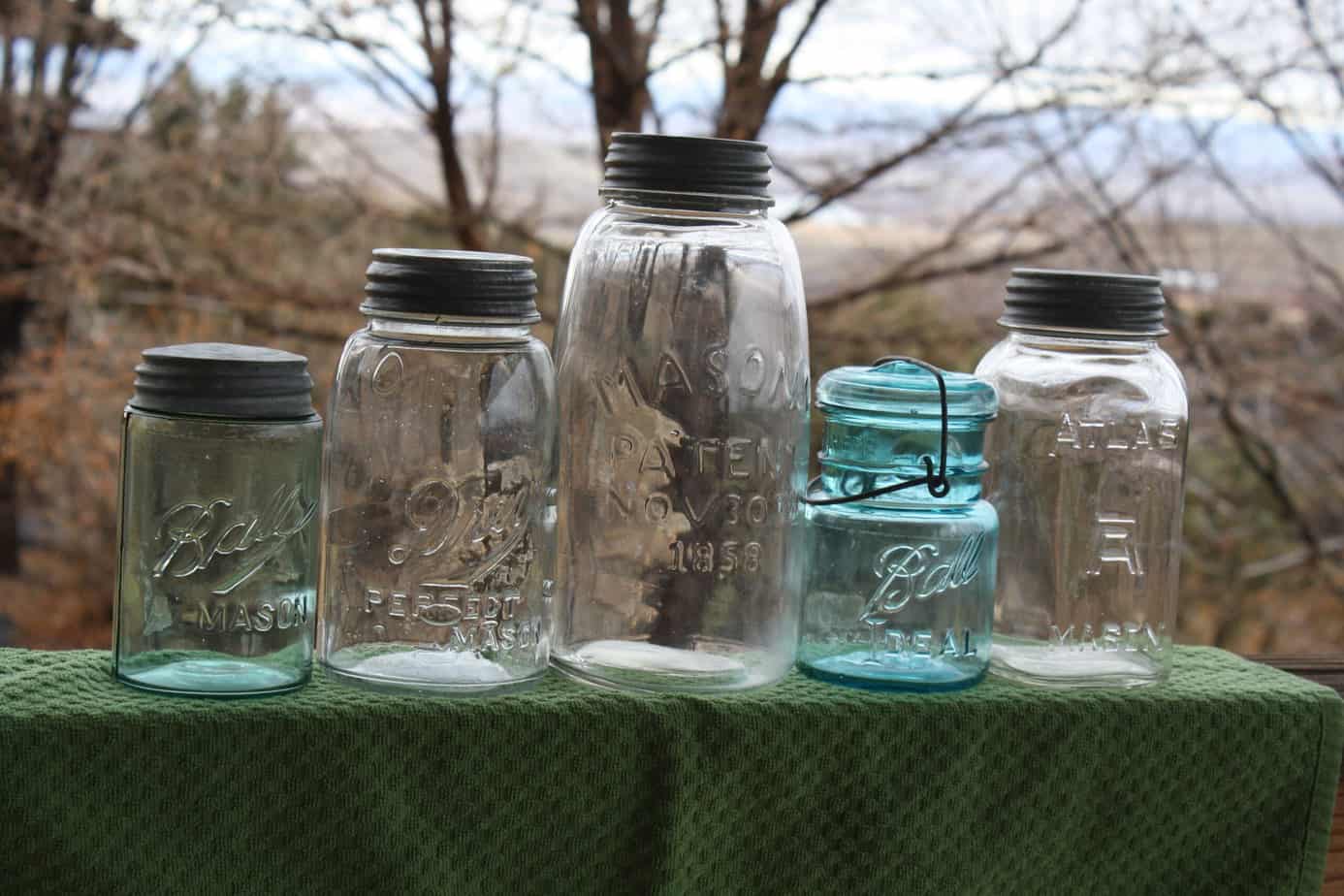
New Vintage-Look Ball Canning Jars: Comparison of Colors & Patterns
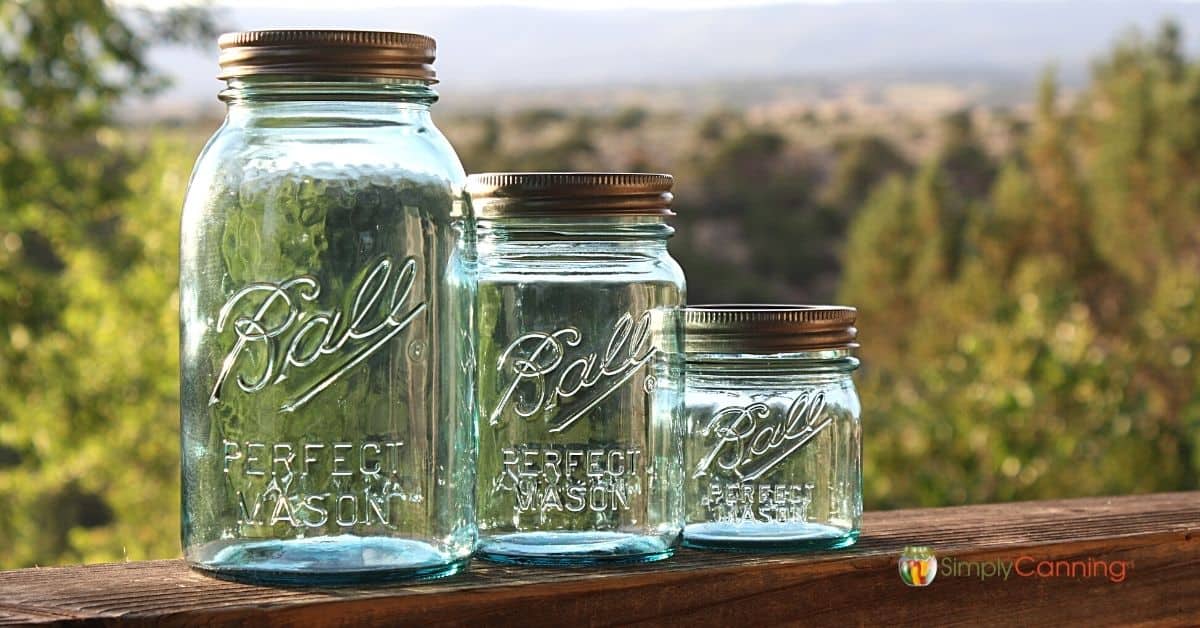
Home Canning Jars: Creative Storage Solutions
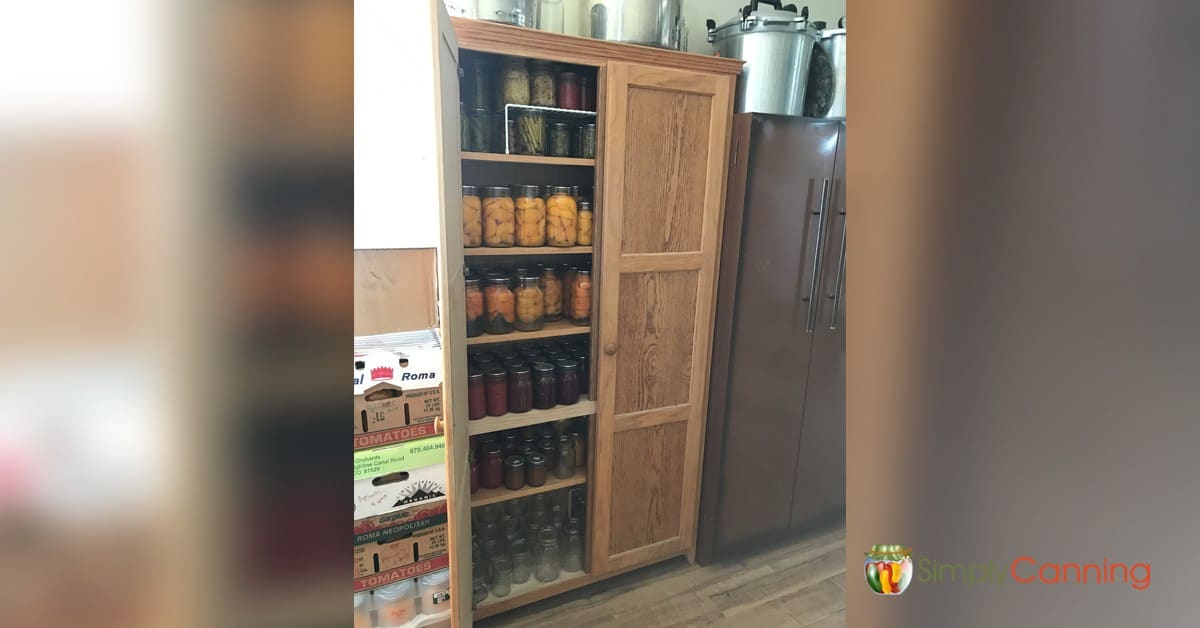
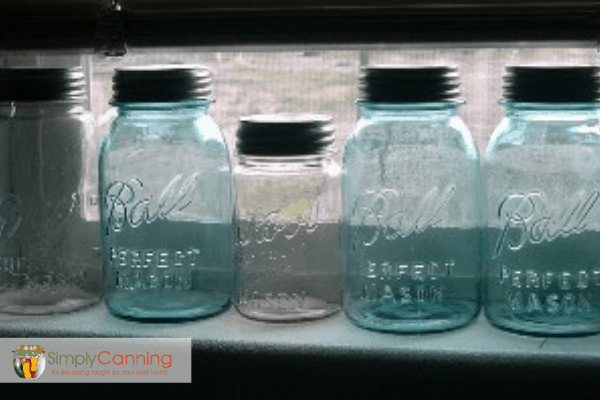
How to keep canning jars hot?
Put the jars in the canner that is heating up. The hot canner heats the jars at the same time. Take them out, fill them, and put them back.
If you are using a water bath put the rack up on the side of the canner and keep the jars above the hot steamy water. With a pressure canner I place my jars upside down in the water.
If you have a set of jars waiting for a second batch, just put them in your canner when you’ve got the first batch out. It won’t take long for them to heat up.
You can also use a dishwasher, just run the rinse cycle for a few minutes before packing the jars. Keep the door closed to keep the steam and take out the jars when you need them.
Place them in a sink of hot water. Of course, the water may cool off. Just run fresh hot just before you fill them.
You could keep a few in a crockpot with hot water.
I’ve seen it recommended that you place your jars waiting in a warm oven. However I’ve checked into that and jar manufacturers don’t recommend any oven heat for their jars. I’ve been told that the jars may be compromised with a dry heat. I don’t recommend the warm oven to heat jars.
What is the difference between mason jars and canning jars?
“Mason jars” is a term often used interchangeably with “canning jars.” The name originates from John Landis Mason’s 1858 patent for a jar with a threaded neck and a two-piece metal lid, featuring a rubber gasket for improved sealing.
However, “canning jars” is a more general term encompassing all jars designed for home canning and food preservation, including those made by various manufacturers like Ball, Kerr, and Bernardin. While “Mason jars” still commonly refers to these types of jars, it has become a generic term for all canning jars over time.
Do jars have to be hot when you fill them?
Yes canning jars must be hot when you fill them with food. You do not want to put cold jars in a hot canner. You’ll end up breaking the canning jars.
What about using bottles or plastic containers for home canning?
This question came from Jerry. He said: “My neighbor is planning on canning tomato juice in 2l plastic pop bottles with screw top lids. He plans to seal the lids with clear tape or parafilm-type material wrapped around the screw-on cap. Will the hot tomato juice extract dangerous chemicals from the plastic? Is this a safe possibility?”
My answer? I would definitely NOT consider this to be safe. There are several problems I foresee:
1 – The pop bottles would not survive processing. It could be he is not planning on processing the bottles in a canner. He may be going to simply fill the bottles while the tomato sauce is hot. I have more information on this type of canning here. See Open Kettle Canning.
2 – Tape is not going to last, and I would not trust it to keep the container airtight.
3 – As far as the plastic safety, I don’t know what to think about that. I am not an expert on plastics and safety. If they are pop bottles, they are supposedly food safe, but if heated, that may change. I am also not sure it would keep chemicals from seeping through the bottle to the food.
I strongly recommend that your neighbor reconsider.
Simply Canning Newsletter – Free articles and directions for canning.
Pin This to Find Later!
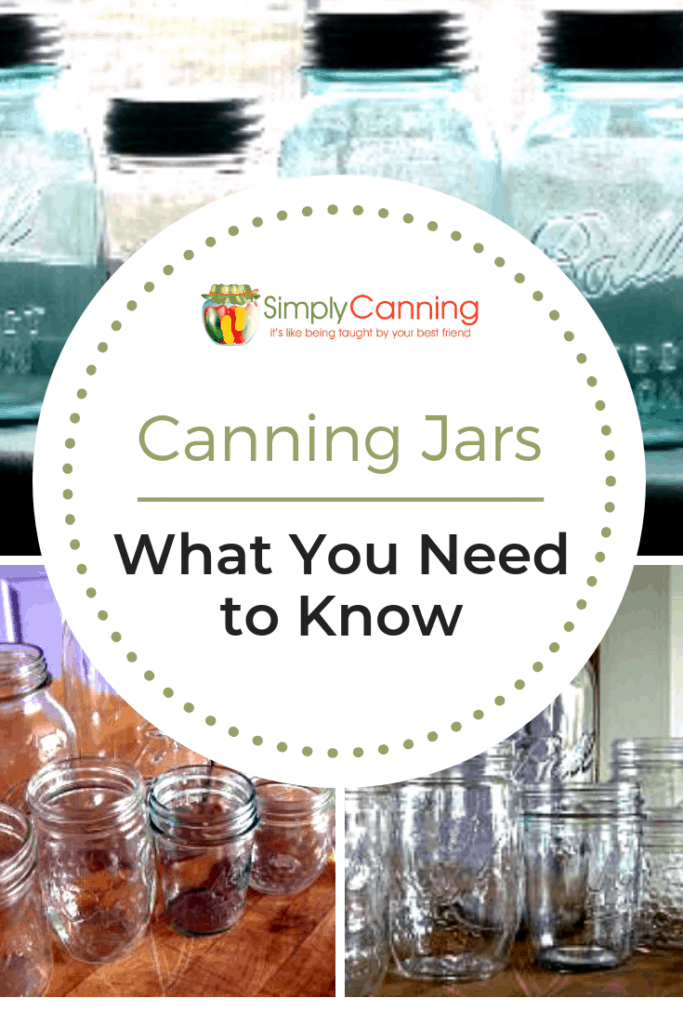

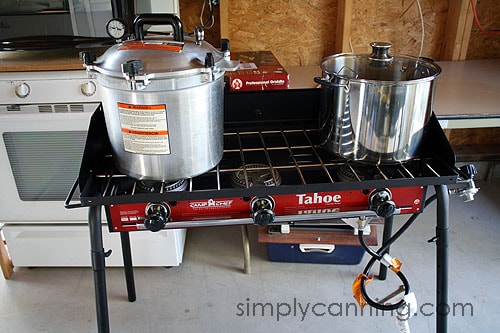
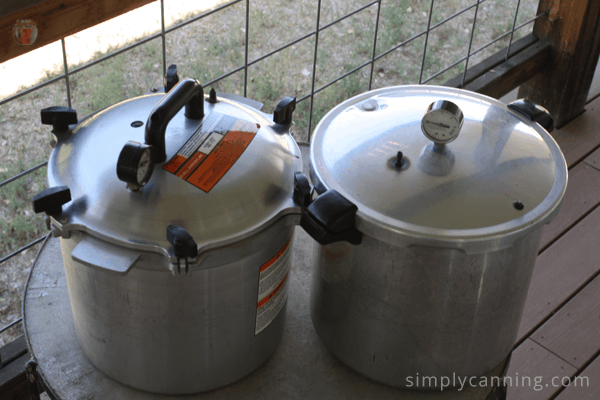

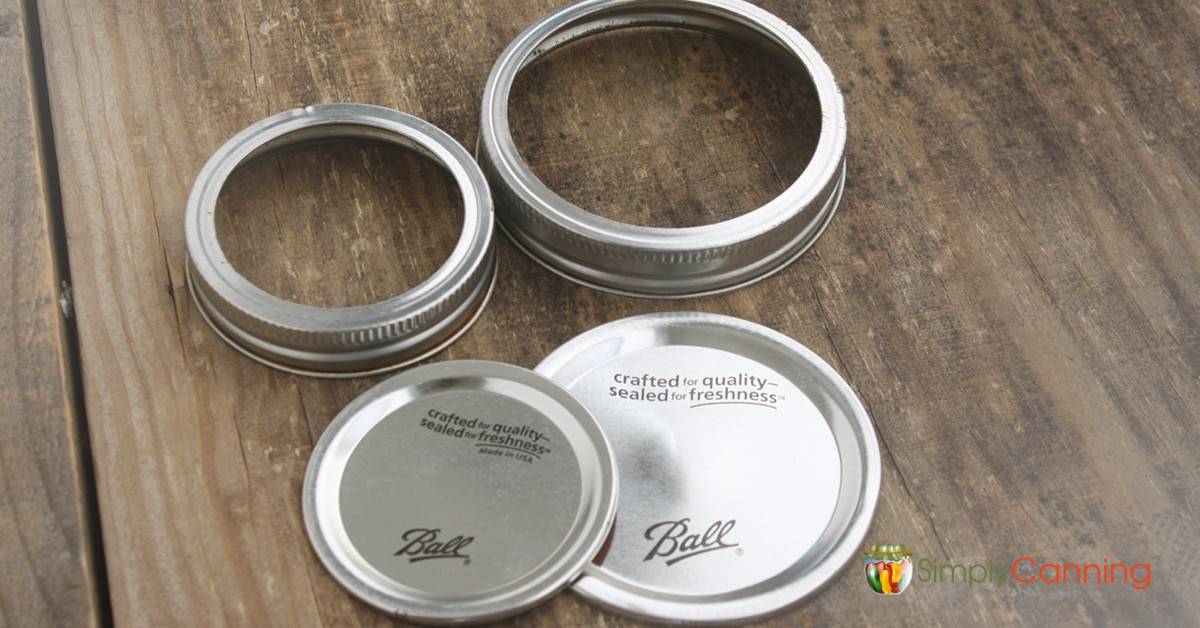
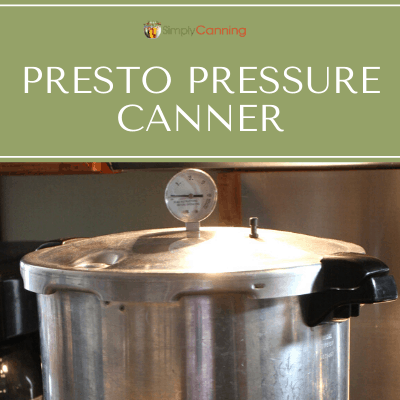
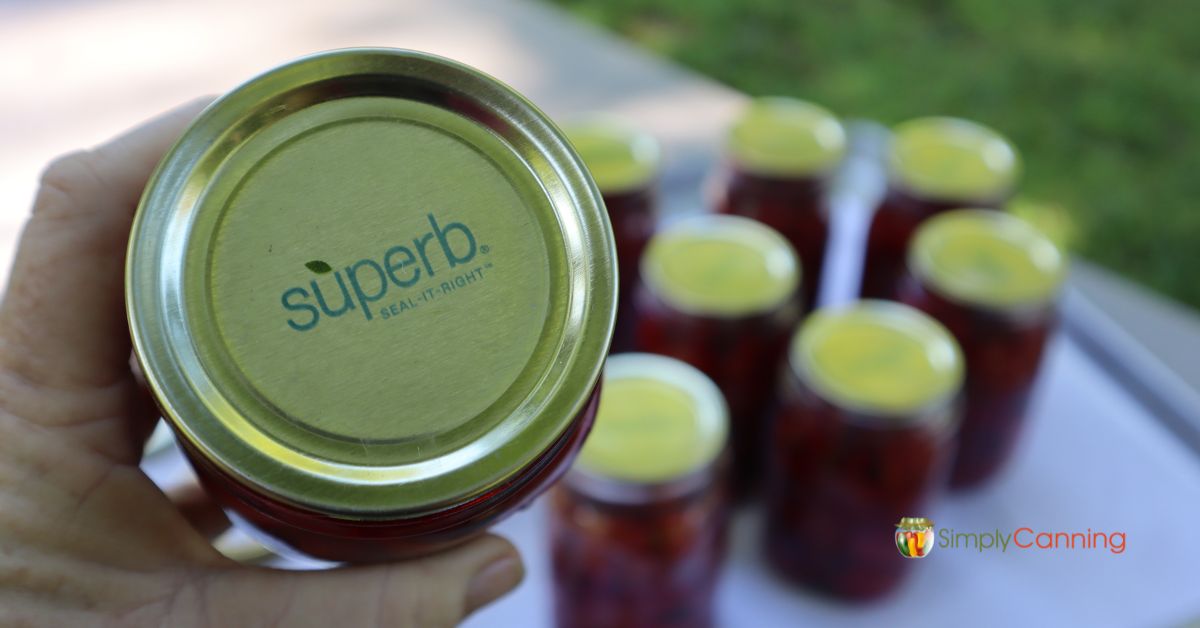
I’m confused on pressure canning baby food in 1/4 pint jars. Do you have any information on processing time?? Any help would be appreciated. Happy canning everyone 😊
Mary, I assume you might be pureeing your food for baby. Only some foods can be canned as a puree. For example – Apple Sauce. Any vegetable must be canned just as you would in larger jars. You’ll want to puree when you open the jar. So just can green beans for example in small jars (process as you would for pint jars) and then puree it when you open the jar. If you choose smaller jar sizes than specified in the recipe, maintain the original processing time unless the recipe explicitly indicates a different time for smaller jars. Most… Read more »
Have canning jars been tested for lead or arsenic?
Hi Terri, I took a few days to answer this as I wanted to do a bit of research. And I can’t find much. They all say food safe according to standards. But don’t really specify those standards or what is tested. So I think your best bet is to contact the manufacturer of the jars that you have in question. It might be a bit more difficult to find specifics if you have older jars. I took the initiative to contact Newell brands to see what they say. They are the manufacturers of ball brand jars and a couple… Read more »
Hello, I have some quart jars that have spaghetti sauce in them, pint jars that have pickled peppers and some have pickles in them, and some half pint jars that have berry jam in some and jalapeno jam in some. All of these were canned in 2014, 15, and 16. Can I safely use the jars again? And if so, what is the recommended cleaning/sterilizing process? All jars are still sealed. Any help would be greatly appreciated! Thanks in advance!
Hi Steve, Canning jars are reusable over and over again. As long as they are not chipped or damaged then yes you can use them again. There is no sterilization needed, just wash well in hot water. If you think there is an issue with the food in them you could sterilize them just for added safety and peace of mind. Check this page for information on how to sterilize your canning jars. The article is more about whether or not you need to sterilize canning jars before filling them but I do explain how to sterilize them about halfway… Read more »
Thank you so much for replying so quickly. Just to be sure, there is not a misunderstanding, i canned those items up to 7 years ago, and the food is still in those jars….with good seals, no signs or smells of spoilage. But i want to discard the food and start over safely using those jars once they are properly cleaned, especially with the shortage. Thanks again!
Ok, maybe I didn’t understand fully. I think I only partly answered your question. If the question is also whether the food is still good you might want to take a look at this Canning Chat… Food Canning & Expiration Dates; How long can home-canned food be stored? The times you mention are on the long side so it is just your comfort level. I’m going under the assumption you used safe canning methods to start with. If originally preserved properly: The Jam, I would have no problem using it even at 7 years old. The spaghetti sauce the pickles… Read more »
No, you got it right, I was questioning the cleaning and re-use of the jars with such old food in them. We tried the jellies and they taste fine. But i am just going to empty the jars and clean and re-use. I was just worried because sifting through different sites online, most answer how to clean jars to can, from new, but not addressing my question of old food in them before you clean them. Some sites said they would get rid of the jars with sauce in them or soak in a clorox solution to sterilize. And yes… Read more »
Back in the day when I was a young girl ( now 65) my Gram had a wood stove and jars got put on the oven in a roaster with a few inches of water to stop breakage I put them on top of the stove in an old roaster type pan BUT my mom had a plate warmer on our dishwasher that she kept on once they washed and sterilize and back when I was 12 she always put a shot of bleach in the first cycle to ensure disinfecting while Gram scalded jars and put in the roaster… Read more »
Hi Sharon I just canned my first set of jars with my homemade spaghetti sauce. My lids are tight and there is no flexibility. However I think there are air pockets inside. Does this mean they are no good? I’m so upset thinking I just wasted entire bushel of tomatoes.
Well, there may be small bubbles and there will be some space at the top of the jar. Unless the small bubbles are moving like it is fermenting, those are both normal. I don’t know how you canned them so I can’t advise as to the safety of your sauce.
Look at this recipe and compare it to what you did. Canning Spaghetti Sauce (there is a link to a sauce with meat on that page too in case you put meat in your jars as well)
Thank you so much for replying Sharon. I put heated sauce in heated jars in large stock pot with a rack on bottom. I covered them with water about 2 inches above, covered the pot and boiled them in for 1 1/2 hrs.
I can’t find 8 oz jelly jars. Everyone sold out. Do you know why. Any suggestions where I can purchase them at a decent price. Right now they’re 16.99 for one case
Canning jars have been hard to find in the past year, so you aren’t alone! (And it’s not just jelly jars, from my understanding.) What about Simply Canning’s sponsor Fillmore Container? I see they have 8oz jelly jars with lids available: https://www.fillmorecontainer.com/j81200-case12ball-kerr.html Amazon might be another good place to look, but be careful – there have been a lot of less-than-stellar suppliers for canning jars and lids recently, so make sure you’re purchasing something that’s what you expect.
-Rachel (Sharon’s assistant)
Think of it as an investment to make for years and they become a reasonable priced expenditure.
I have never used them but Dollar Tree sells 1 at a time.